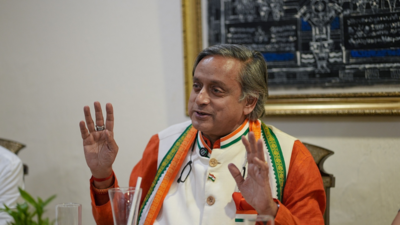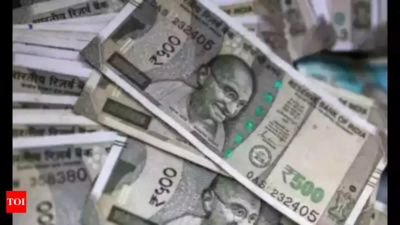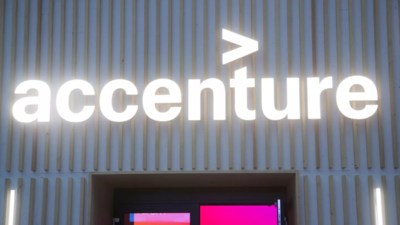Vice President Kamala Harris laid out her vision for a pro-business, middle-class-focused economy in a speech at the Economic Club of Pittsburgh, countering Republican nominee Donald Trump’s claims of her promoting “communist” ideas. Harris, speaking in the crucial battleground state of Pennsylvania, emphasised her intention to embrace effective ideas from all sources, pledging to double the number of people in registered apprenticeships and advocating for increased homeownership.
She also pushed her middle-class credentials, saying: “I grew up in a middle-class family. And while we were more fortunate than many, I still remember my mother sitting at that yellow Formica table late at night, a cup of tea in hand with a pile of bills in front of her, just trying to make sure that she paid them off by the end of the month.”
Meanwhile, Trump, addressing a crowd in Mint Hill, North Carolina, offered a contrasting economic vision. He proposed a special reduced tax rate for U.S. manufacturers and promised tariffs high enough to encourage the return of auto factory jobs from countries like Japan, Germany, and South Korea. These speeches underscored the candidates’ divergent economic approaches, with Trump focusing on U.S. dominance against foreign competitors, while Harris prioritised support for the middle class and entrepreneurship.
Harris rebutted Trump by saying that she is a capitalist who believes in an “active partnership between government and the private sector.” She said Trump has “no intention to grow our middle class — he’s only interested in making life better for himself and people like himself.”
In a subsequent interview with MSNBC, Harris criticised Trump’s broad tariff proposals, arguing that such measures should be applied more selectively and condemned his lack of seriousness on economic issues. She reiterated her commitment to raising corporate tax rates, advocating for a system where everyone contributes their fair share. Harris’s economic philosophy centres on fairness and opportunity, aspiring to create an economy that benefits all Americans. In contrast, Trump’s more impromptu approach highlighted his belief that his tariff stance has made him an international target, as he suggested lowering the corporate tax rate for domestic manufacturers to 15%.
With the economy as a primary concern for voters, both candidates aim to position themselves as champions of economic growth. Recent polls suggest a competitive race, with neither candidate holding a decisive advantage on economic issues. While both Harris and Trump advocate for American leadership in the global economy, their strategies differ markedly. Harris plans to introduce $100 billion in tax breaks and incentives to bolster U.S. manufacturing and emerging technologies, a move supported by billionaire Mark Cuban, who appreciates her detailed and well-considered policy positions.
Trump, on the other hand, proposes eliminating taxes on tips, Social Security, and overtime pay, capping credit card interest rates at 10%, and establishing low-tax zones on federal lands to attract employers. He has also suggested removing the cap on the deduction of state and local taxes, which he initially introduced in 2017. Both candidates have exchanged criticisms over each other’s tax strategies, with Trump labelling Harris as the “tax queen” for her proposal to raise the corporate tax rate to 28% and tax unrealised capital gains for individuals with over $100 million in wealth. Harris intends to use this revenue to extend middle-class tax cuts beyond 2025 and introduce new tax breaks for parents and entrepreneurs.
Harris has also challenged Trump’s tariff policies, arguing that they would act as a “national sales tax,” increasing costs for consumers. Her campaign references an analysis suggesting that a 20% universal tariff could cost an average family nearly $4,000 annually, effectively raising federal taxes for middle-income taxpayers by 50%.
Both candidates promise to cut red tape, but Harris focuses on expediting projects in housing, factories, and infrastructure to enhance job creation and competitiveness, contrasting this with China’s rapid advancements.
Central to Harris’s “New Way Forward” agenda is her “Opportunity Economy” concept, aimed at ensuring all Americans have a fair chance to thrive. This plan includes tax cuts for over 100 million working- and middle-class families, expanding the Child Tax Credit, and restoring the Earned Income Tax Credit, with assurances that no one earning under $400,000 will see a tax increase. In contrast, she argues that Trump’s “Project 2025” favours the wealthiest, potentially increasing financial pressures on the middle class.
Additionally, Harris’s strategy extends to small businesses, which she views as vital to a robust economy. Her plan involves expanding access to capital, tripling lending to Black-owned businesses, and reducing bureaucracy to foster entrepreneurship. By targeting 25 million new business applications by the end of her first term, Harris aims to create a more inclusive and equitable economy. In contrast, she contends that Trump’s policies have historically favoured large corporations, often overlooking small businesses. By advocating for a fairer tax system and supporting small enterprises, Harris offers a stark alternative to Trump’s approach, aiming to drive widespread economic growth and address systemic inequalities.




















